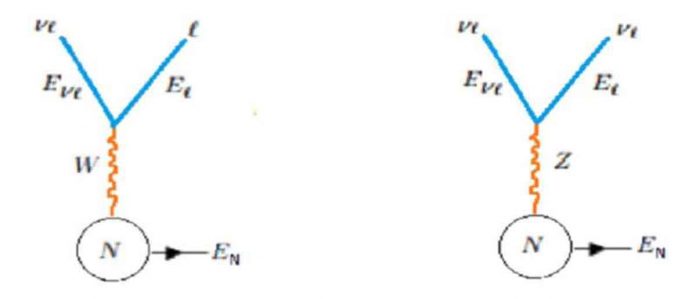The investigation of a high-energy neutrino detected by the IceCube Neutrino Observatory at the South Pole and thought to be of intergalactic origin has yielded some intriguing “new physics” beyond the Standard Model.
Neutrinos are subatomic particles that are thought to be ubiquitous throughout the universe but are extremely difficult to detect. Salah EddineEnnadifi, a Moroccan astrophysicist, and his colleagues have now published a paper in The European Physical Journal Plus describing the first known observation of intergalactic, high-energy neutrinos and probing new neutrino-related physics beyond the Standard Model of Particle Physics.
Neutrinos are perplexing particles; they are similar to electrons in many ways, but have no charge and a very small mass. Many astrophysical bodies have been proposed as neutrino sources by scientists, but only two have been studied: our Sun and a single supernova (Supernova 1987A).
Neutrino interactions are uncommon and can only be observed in a large volume of transparent material, which is usually water or ice. The South Pole’s IceCube Neutrino Observatory (or telescope) is made up of a cubic kilometre of clear, pure, and stable ice that serves as a neutrino detector. The international IceCube Collaboration includes Ennadifi and his colleagues from Mohammed V University in Rabat, Morocco.
Ennadifi and colleagues report in this paper the detection of a high-energy neutrino associated with an astrophysical object known as a blazar by the IceCube telescope (a quasar with a relativistic jet). This is thought to have an energy of about 300 TeV (300 trillion electron volts) and is thought to be about 4 billion light years away from Earth. If this is correct, it would qualify as a “truly astrophysical neutrino.”
Although extremely rare, high-energy neutrinos like this one are useful for studying so-called “new physics” beyond the Standard Model. The researchers were able to estimate its mass, which goes beyond the Standard Model because it only includes massless neutrinos. They conclude that high-energy neutrinos from cosmic sources are likely to provide more “surprising” insights and force us to revise our understanding of natural forces.

